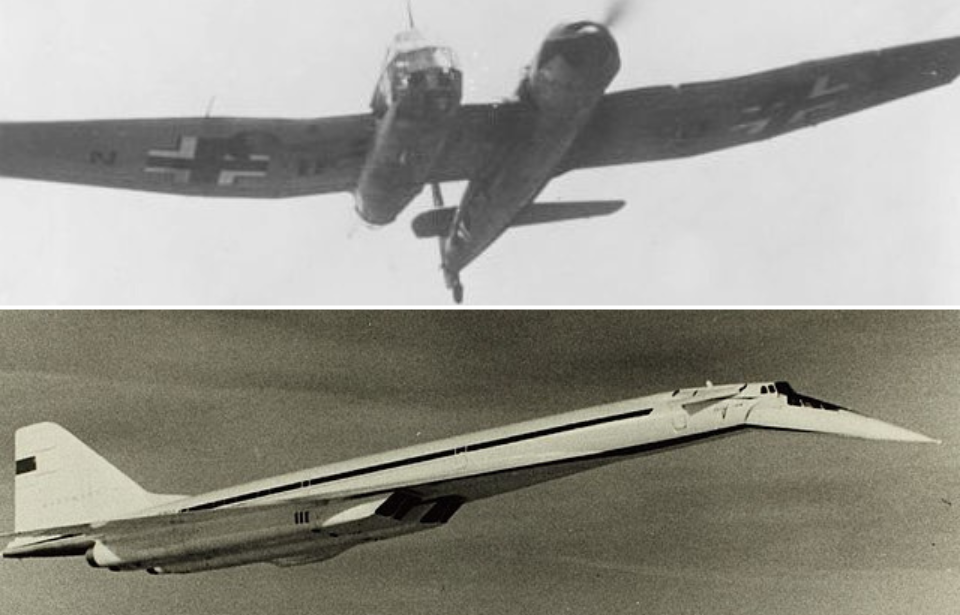Throughout history, several unconventional aircraft designs have been conceived, encompassing a range of practicality. These include experimental prototypes that never advanced beyond testing, as well as those that entered production and operational service, only to be outperformed by more reliable and efficient alternatives. The array of these airborne innovations is vast and diverse.
The following list spotlights some of the most peculiar aircraft ever developed, with many being conceived during the Second World War.
LWS-6 Żubr

The LWS-6 Żubr, the initial entry of two Polish aircraft in this compilation, emerged as a twin-engine medium bomber crafted just a year before the onset of the Second World War. Originally envisioned as a passenger airliner, this aircraft faced setbacks in its intended role, as another bomber, the PZL.37 Łoś, garnered preference.
While the Polish Air Force utilized the LWS-6 for training, its outdated design limited its suitability mainly to non-combat roles. A mere 20 of these aircraft were ever manufactured, with the majority falling into the hands of the Red Army and the Luftwaffe. Four of them were seized by the Red Army during their invasion of Poland in September 1939.
Unfortunately, or perhaps not, none of these aircraft survived the challenges of World War II.
Lockheed XFV Salmon
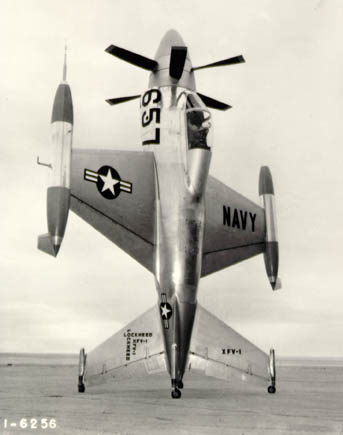
That’s not a rocket you’re looking at – it’s the Lockheed XFV Salmon, an experimental aircraft designed to takeoff and land vertically. Intended to be flown by the US Navy, the plan was for the fighter to be used in the defense of convoys, but it never left the prototype phase. We’d like to say we can’t understand why, but we think the reason is pretty obvious in this instance.
Nicknamed the “pogo stick,” this unusual aircraft looks like its pilot didn’t know how to properly land it on the runway. While it underwent testing at Edwards Air Force Base, California in 1954 with the use of a temporary non-retractable undercarriage, the XFV Salmon was quickly shelved and the single flying prototype sent to Lakeland Linder International Airport in Florida, where it remains on display.
Transavia PL-12 Airtruk
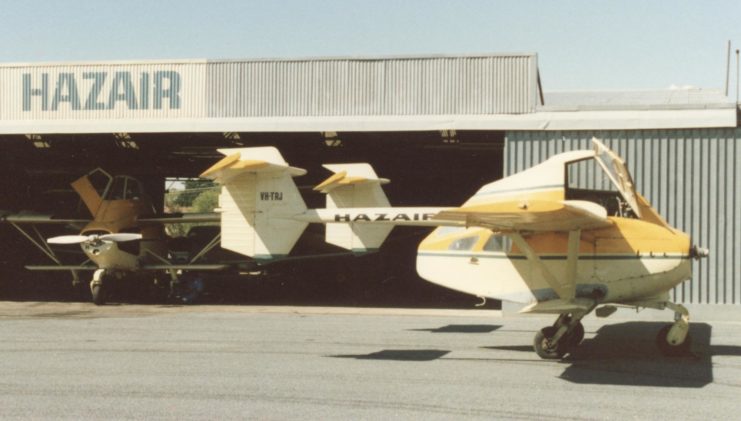
Although only 118 units were manufactured during its production run, the Transavia PL-12 Airtruk has gained a devoted fan base, largely owing to its memorable appearance in the film, Mad Max Beyond Thunderdome (1985). This Australian agricultural aircraft stands out for its distinctive design, characterized by a bulky and seemingly cramped cockpit, paired with an elongated, slender twin-tail section.
The PL-12 arose from a specific need in New Zealand for a dedicated crop-dusting aircraft. The existing options for this purpose were showing signs of aging, and while a few American designs had been imported, they proved costly to transport and maintain. The reasons behind choosing this particular design may appear puzzling, but we’re delighted that it did, as its unique aesthetics never fail to bring joy.
Caproni Ca.60 Transaereo
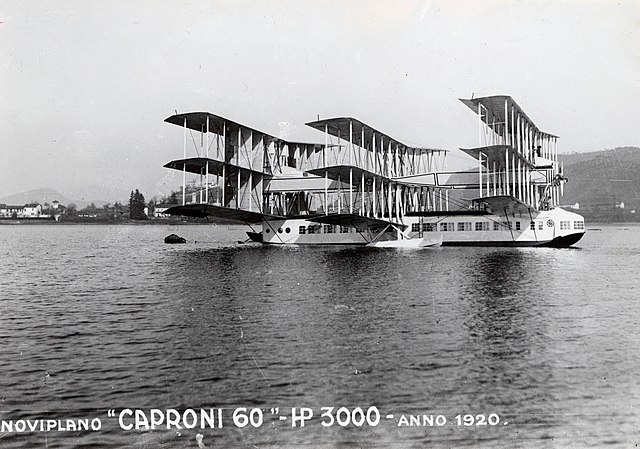
Better known as the Noviplano, the Caproni Ca.60 Transaereo was a nine-wing flying boat crafted by Giovanni Battista Caproni in the early 1920s. This truly unconventional passenger aircraft, resembling a partially constructed apartment building more than an aircraft, was colossal. Originally designed to accommodate 100 passengers on transatlantic journeys, the Noviplano boasted eight engines, owing to its immense dimensions.
Despite plans for multiple units, only one was ever constructed, and it underwent a series of test flights over Lake Maggiore in 1921. Unfortunately, during the second, the Caproni Ca.60 Transaereo crashed, disintegrating upon impact. While there were intentions to rebuild, these were eventually abandoned due to the exorbitant costs involved.
EL/M-2075 Phalcon
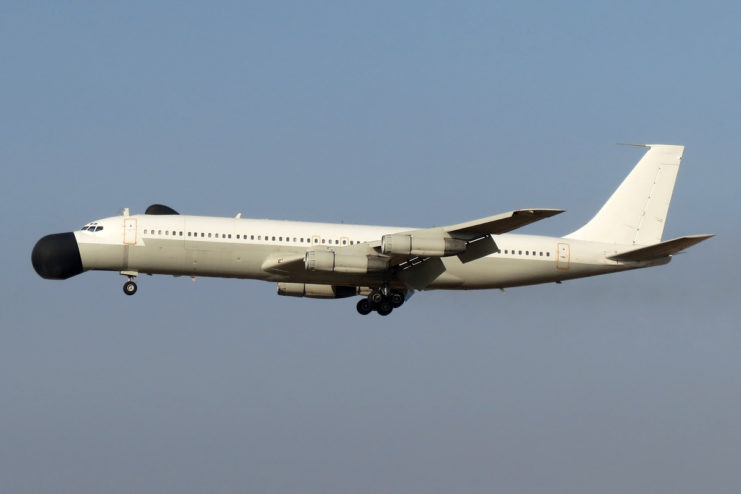
Looking like a clown nose, the Israeli EL/M-2075 Phalcon is one of the most unusual airborne early warning and control (AEW&C) active electronically scanned array radar systems ever developed. While it’s still in service, it’s almost been made obsolete by the newer EL/W-2085 and EL/W-2090.
Introduced in 1994, it was developed to collect intelligence and conduct surveillance. The system is primarily attached to Boeing 707s, but can also be equipped to 767s and 747s. Only three are currently used worldwide: one by the Chilean Air Force and two by the Israeli Air Force.
Heinkel He 162 Volksjäger
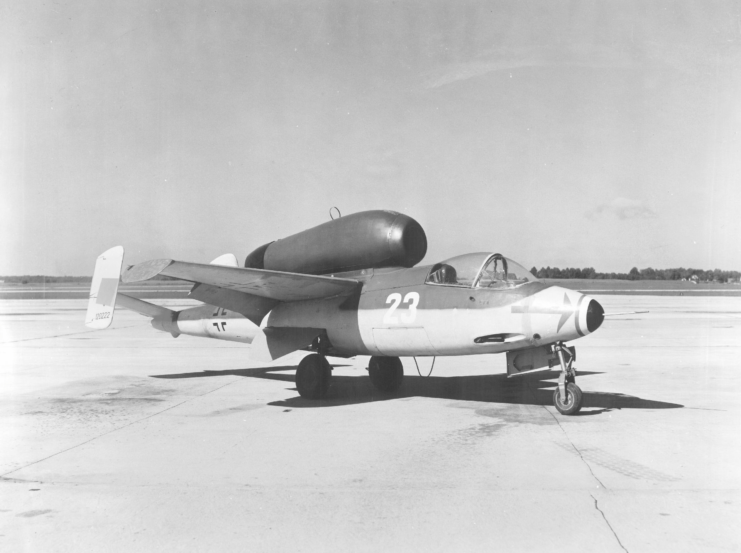
Developed for use by the Luftwaffe during WWII, the Heinkel He 162 Volksjäger was a German fighter aircraft constructed primarily of wood. Not only that, its engine was mounted on top, making it appear as though it was giving its energy source a piggyback ride.
The He 162 was designed in just 90 days as a last ditch effort by the Germans to regain control of the skies. As such, it was riddled with issues, was relatively small and severely underarmed, with only two autocannons. Shortly after it entered service in April 1945, Germany surrendered to the Allied forces, meaning pilots only had to fly the unusual fighter for only a few weeks.
McDonnell XF-85 Goblin
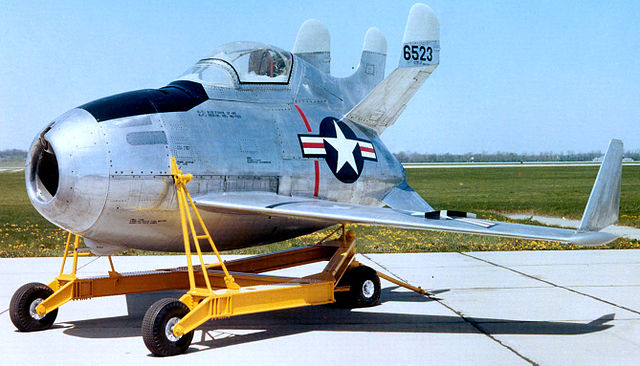
Conceived during WWII by McDonnell Aircraft, the XF-85 Goblin is without a doubt one of the strangest-looking fighters we’ve ever seen. During the conflict, the US Army Air Forces sent out requests for an aircraft that could deploy from the bomb bay of a Convair B-36 Peacemaker. The result was a parasite fighter that never entered production, let alone service. By the time it took its first flight, it was August 1948 and the war was long over.
When looking at the XF-85, you wouldn’t be wrong in assuming it’s missing its back half, as the fighter’s frame abruptly ends just behind the cockpit. We’re honestly having a hard time believing it could even fly properly, so we’re not surprised its development was canceled in 1949.
Tupolev Tu-144
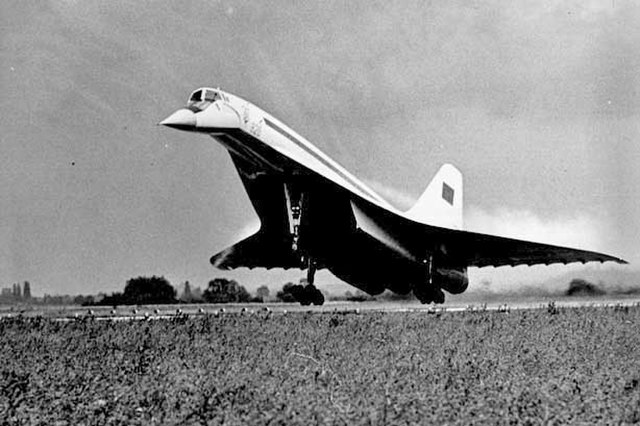
Looking like a bird or a sad dog with its pointed droop nose, the Tupolev Tu-144 was a supersonic airliner produced by the Soviet Union between 1967-83. Notable for being the world’s first commercial supersonic transport aircraft, it could travel at speeds of up to 1,400 MPH, which is equivalent to Mach 2.
While reliability issues and the rising cost of fuel made the Tu-144’s use as a passenger aircraft short-lived, it was later adopted by NASA for supersonic research and the Soviet space program to train pilots tasked with flying the Buran spacecraft. In all, only 16 were ever produced, with just 102 commercial flights taking place.
PZL M-15 Belphegor
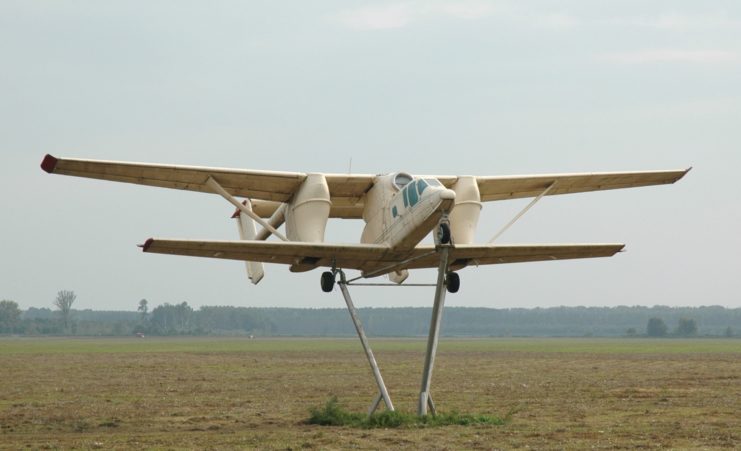
One of the oddest-looking aircraft on this list, the Polish PZL M-15 Belphegor was manufactured by WSK PZL-Mielec between 1976-81. It was designed for agricultural use and intended to be the successor to the Antonov An-2 and its variants, which also doubled as military transport and utility aircraft.
Three years after its first test flight in 1973, the M-15 began rolling off the production line – but not in droves. Despite initial estimates placing potential orders at over 3,000 units, only 175 were actually built. The reason for M-15’s short life? Its engine was very loud, it was unusually heavy and it could only travel 215 nautical miles. On top of all that, the aircraft was also expensive to produce.
If we’re being honest, the only interesting thing about the M-15 is that it was the world’s first (and only) jet agricultural aircraft.
Boeing X-32
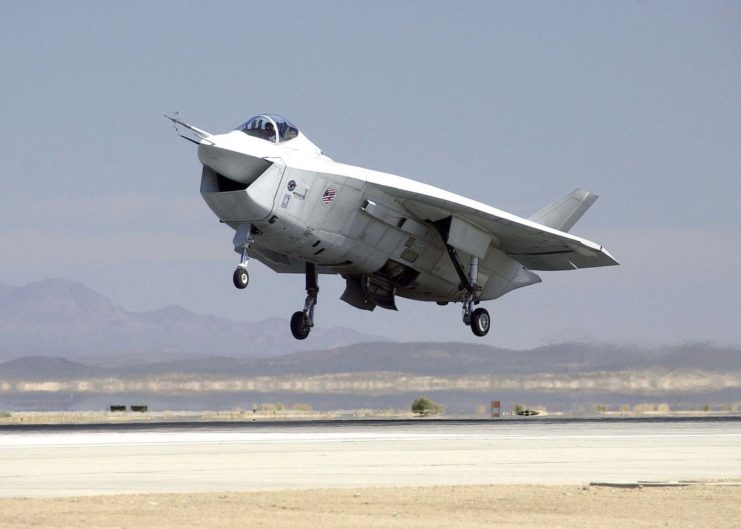
The newest aircraft on this list, the Boeing X-32 was designed for use by the Joint Strike Fighter (JSF), only to lose out to the Lockheed Martin X-35. Despite taking its first flight in 2000, the demonstrator’s origins date back to 1993, when the Defense Advanced Research Projects Agency (DARPA) launched the Common Affordable Lightweight Fighter (CALF) project. A number of concepts were presented, including the X-32.
What makes the aircraft immediately distinguishable (and unusual) is its wide body and small wingspan, making you question how it could possibly remain stable while in the air. Following its being snubbed, the flight tested prototype of the X-32 was moved to the National Museum of the US Air Force at Wright-Patterson Air Force Base, Ohio, where it deteriorated after long-term exposure to the elements.
Thankfully, it has since been restored, meaning visitors can once again catch a glimpse of one of Boeing’s most unusual aircrafts.
Blohm & Voss BV 141
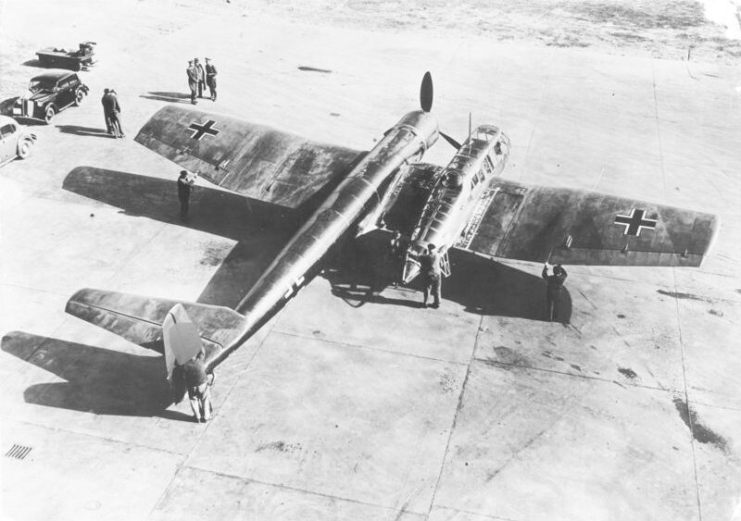
The Blohm & Voss BV 141 was a German reconnaissance aircraft and light bomber developed in the lead up to WWII. You’ll likely do a double take upon looking at a picture of it, as its unusual asymmetrical design is definitely not something you typically see.
Designed by Richard Vogt, the BV 141 should have been riddled with issues, including the risk of rolling due to one side being longer (and presumably heavier) than the other. However, it’s said to have performed relatively well, thanks to the design of its wings. Despite this, the German Air Ministry (Reichsluftfahrtministerium) believed it to be underpowered and it wasn’t designated for full service.
Bréguet 761/763/765 Deux-Ponts
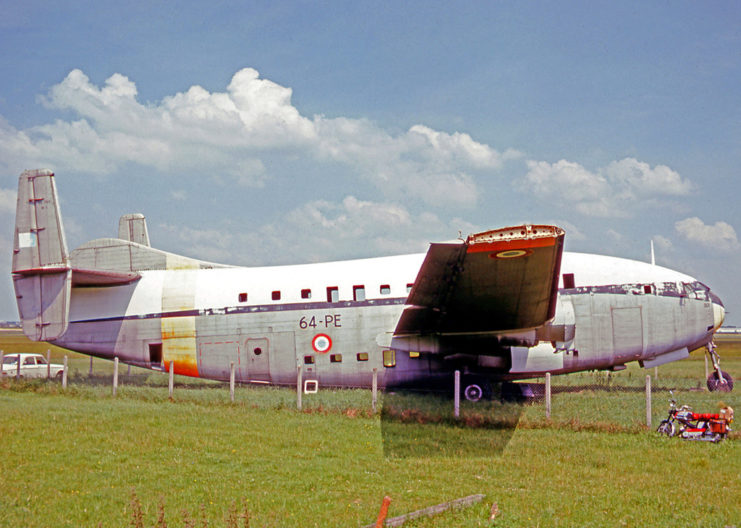
While multi-level airliners are commonplace today, back in the 1940s and ’50s, they were still relatively new. As such, their designs were pretty…Questionable. Take the Bréguet 761/763/765 Deux-Ponts, for example. Introduced in 1953, it’s pretty much the definition of unusual – and ugly.
More from us: The Remarkable North American P-82 Twin Mustang Was Two Aircraft In One
Flying in both a civilian and military capacity, the double-decker aircraft proved to be effective and relatively safe, with the French Air Force using it to move personnel and materials to areas in the Pacific where nuclear testing was underway. Despite many viewing it favorably, it sadly wasn’t destined for long-term service and was retired in 1971. Only 20 were ever produced.
